PPT-Changes in Life Expectation for Diffuse Large
Author : roberts | Published Date : 2022-06-11
BCell Lymphoma DLBCL Patients 1983 2014 results from analysis of US SEER data Ron Dewar Registry and Analytics Nova Scotia Health Authority Canada Nadia
Presentation Embed Code
Download Presentation
Download Presentation The PPT/PDF document "Changes in Life Expectation for Diffuse ..." is the property of its rightful owner. Permission is granted to download and print the materials on this website for personal, non-commercial use only, and to display it on your personal computer provided you do not modify the materials and that you retain all copyright notices contained in the materials. By downloading content from our website, you accept the terms of this agreement.
Changes in Life Expectation for Diffuse Large: Transcript
Download Rules Of Document
"Changes in Life Expectation for Diffuse Large"The content belongs to its owner. You may download and print it for personal use, without modification, and keep all copyright notices. By downloading, you agree to these terms.
Related Documents

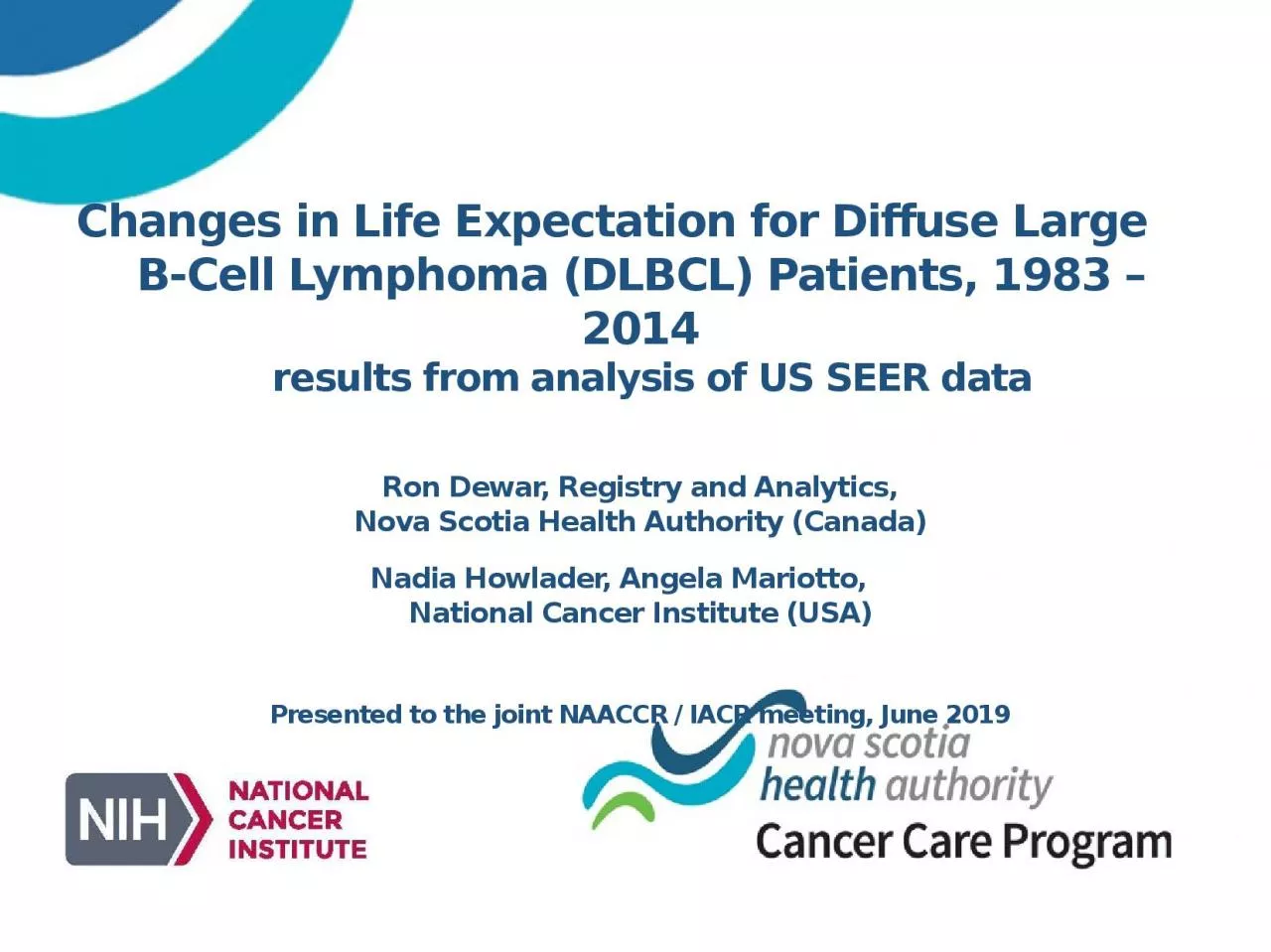
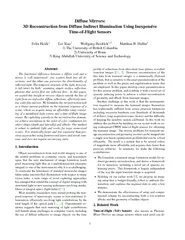

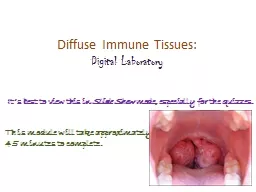



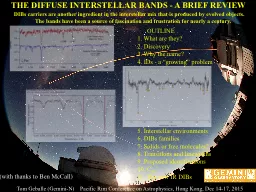

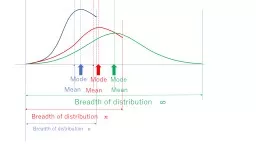

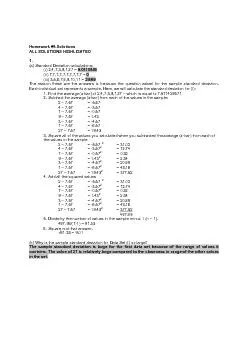
![Linearity of Expectation: E[X + Y] = E[X] + E[Y]Example: Birthday Para](https://thumbs.docslides.com/823908/linearity-of-expectation-e-x-y-e-x-e-y-example-birthday-para.jpg)
